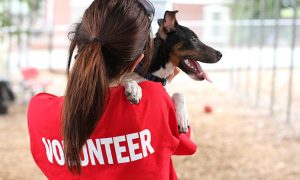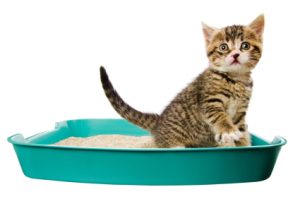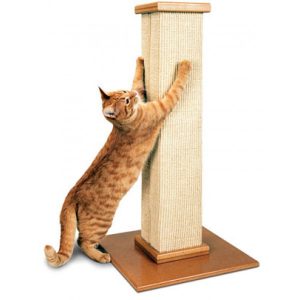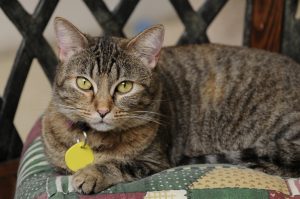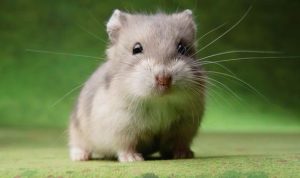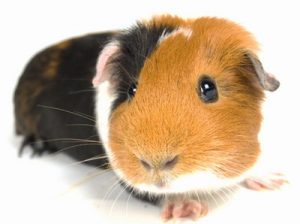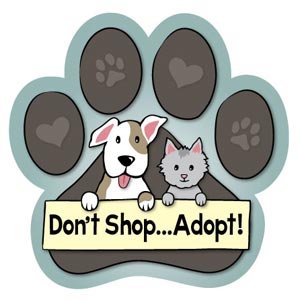In this week’s article, we propose certain living conditions for your cats and dogs at home for your furry pal to stay in an optimal environment, keeping them happy and healthy in your company!
Firstly for cats, there needs to be a safe, secure food and water station and litter box area such as an area near the toilet as cats get startled by loud noises easily. This would allow your cat to eat and drink and do their business at ease.
Secondly, your cat needs a safe place to rest and hide. Cats like their own resting and hiding places which can sometime be the same place where they feel untouchable. Like humans, cats appreciate their personal space!
Thirdly, as cats are natural climbers and scratchers, you should provide a cat stand of some sort or a scratching post for your cat. It is in their nature and for the sake of your furniture, it is highly recommended to get one.
Fourthly, cats follow routines and are somewhat disciplined creatures in this sense. They would feel most at ease when its routine is predictable. Hence there is a need for consistency in your interactions with your cat. For instance, you could pet your cat when you leave the house for the day and give it a treat when you return. This allows the cat some gauge of what to expect.
Last but not least, cats can get bored easily and it is important to keep them entertained when you are not at home. Some cat owners leave music or their television switched on while they are out to stimulate their cat’s auditory senses. Do not leave your cat in an outdoor enclosure as they are prone to escaping and this could be dangerous to their safety.
Moving on to the dogs!
Firstly, dogs require a clean bowl of water that is readily available for them to access. The amount of water your dog drinks depends largely on its activity level at that moment. If your dog is resting at home, snoozing around, chances are that he/she would not be drinking much water. But if your dog has just came back from his/her walk, he/she would often head to their water bowl almost immediately.
Secondly, dogs should eat at particular timing. Most adult dogs eat twice a day, once in the morning and once at night. This ensures that your dog does not overeat or starve throughout the day. Of course, treats during the day are always welcomed but not excessively
Estimate on how much a dog should eat
Thirdly, dogs require a lot of exercise as they are usually quite active. Bringing them out for walks reduces the risk of obesity and also serves as a great way to bond with your pal!
Fourthly, puppies love to chew on things so in order to safeguard your precious furniture and your favourite shoes, it would be best to buy rawhide or chew toys to keep them occupied when you are not home.
Last but not least, it would be ideal to toilet train your dog from young or set aside a designated spot for him/her to do her business so you would not have to risk stepping on any landmines at home!




